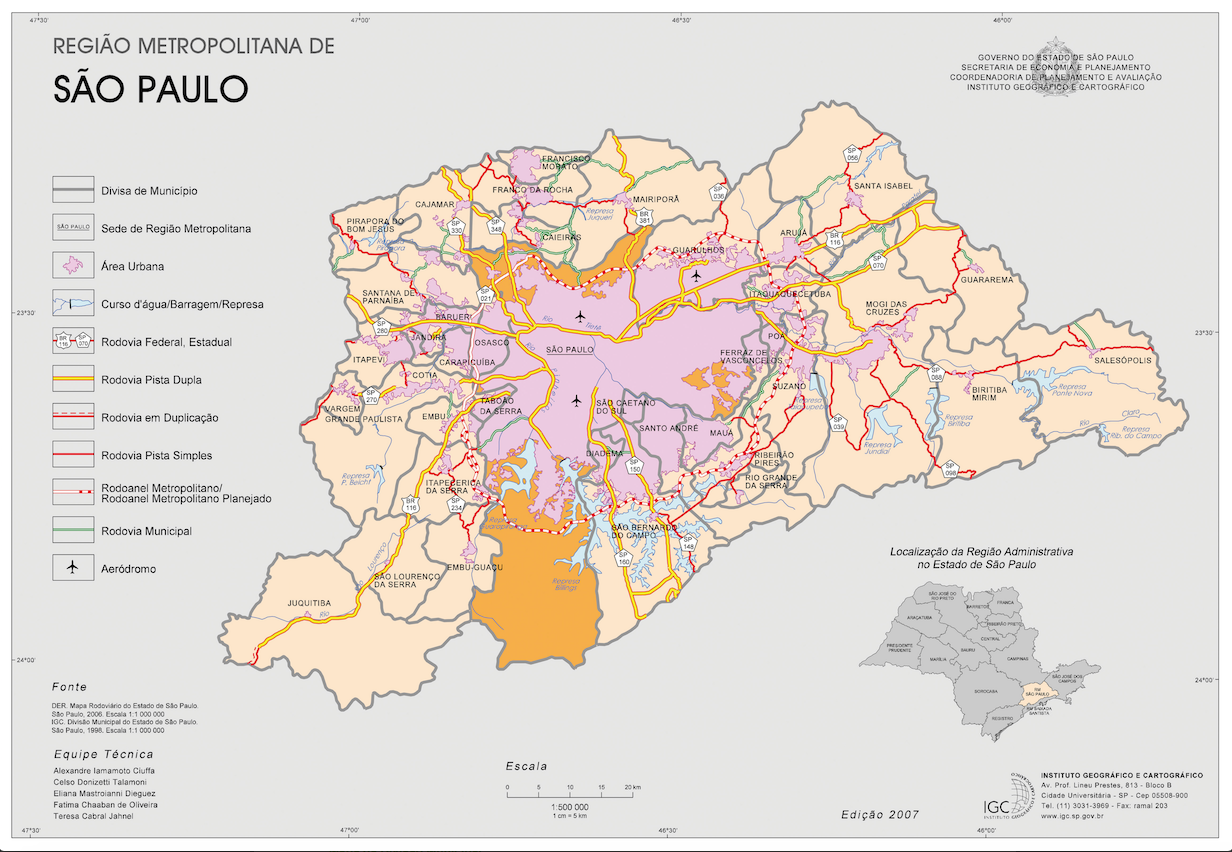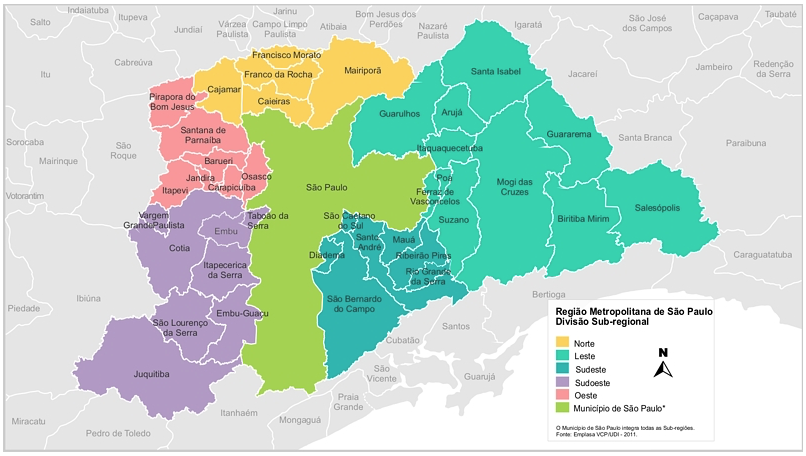About:
Tourism is revealed, objectively, within the social and historical process, conflicting and contradictory of the production of space. Our proposal is to unveil the meanings of tourism through an approach based on political economy as an analytical path that is necessary when trying to understand the guts of its insertion in the contemporary world, considering the processes of globalization of markets, the advancement of neoliberal policies , concentration and centralization of capital, financialization of the economy, production of an urbanization, with which tourism coexists in a dialectical relationship.
At the level of social practice, imbued with cultural meanings, tourism impacts everyday life through the appropriation of culture and the space become a commodity. On the economic front, it is among the activities with the greatest possibilities of positively impacting the GDPs as a moment of overcoming the crisis of the Fordist regime. At the political level, it is presented as a strategy for achieving accumulation. Tourism, finally, deepens, in its process of development in the 21st century, different geographical scales, in a contradictory way, through the movement of people and capital.
The city of São Paulo:
São Paulo is the largest metropolis of South America, about 21 million people live in the metropolitan region and 12 million in the city.
Its history refers to Portuguese colonization and 1554 is considered the official start of the village.
The miscegenation among people is a characteristic of Brazil and of São Paulo city, particularly. Over the years, Indians, the original inhabitants of this territory, black slaves, brought from different regions of Africa, and other people that came to live here because of migration politics carried out along XIXth and XXth centuries (as Italians, Syrians, Lebanese and Japanese) mingled and formed our population.
Because of the economic, social and spatial legacy of coffee culture, that expanded for a large portion of Brazilian territory from nineteenth century, encompassing mainly the states of São Paulo, Rio de Janeiro and Paraná, the city of São Paulo became the Center of accumulation that was the base for its industrialization process. From this century, the metropolis left behind its industrial essence to turn out the capital of modern services and a center of investments.
São Paulo is the main pole of business and events tourism in Brazil, but several other segments as leisure, shopping, gastronomy and religion attracts about 15 million people/year to the city, with emphasis on domestic flows.
Two major airports serve the city: the GRU **, the largest international airport in the country, located in the municipality of Guarulhos, 20km far from São Paulo, and the CGH, Congonhas Airport, for domestic flights.
It is worth remembering that São Paulo's transformation process was uneven, a mark of the Latin American metropolises built on the periphery of capitalism.
Dynamic, in São Paulo one lives 24 hours a day!
* SPTuris, Official Tourism and Events Company of the city of São Paulo. For more information, visit http://cidadedesaopaulo.com/v2/?lang=pt
** http://www.aeroportoguarulhos.net/como-chegar-ao-aeroporto-de-guarulhos…
Região Metropolitana de São Paulo:



